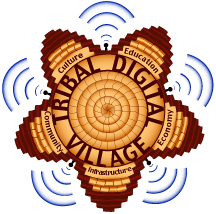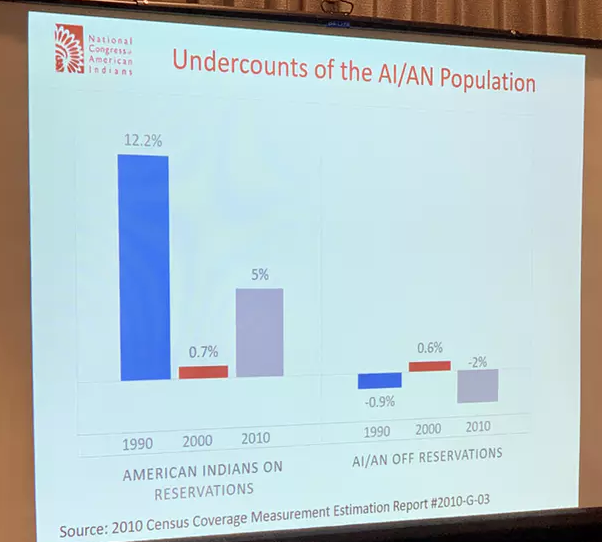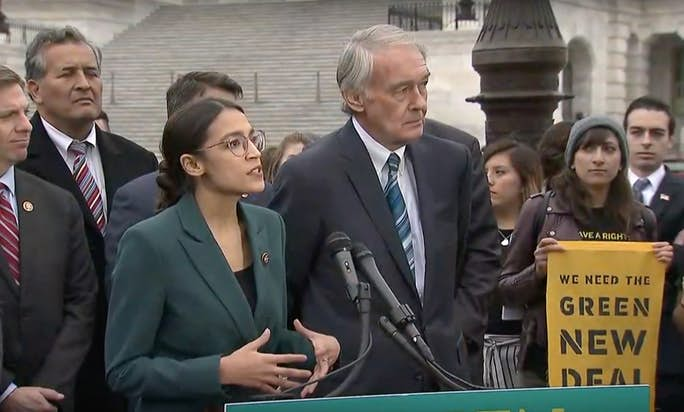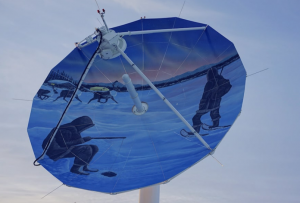Northwest Native leaders talk about their own broadband struggles
by Richard Walker Oct 11
Photo / Graphic image: Vincent Schilling
Native leaders say access to broadband is vital to economic development, public safety, emergency response
Part two of a two-part story on lack of broadband and cell reception in Indian Country.
Read part one, Broadband deployment lags in Indian Country, rural America.
The Quinault Indian Reservation comprises 208,150 acres of breathtakingly beautiful landscape: temperate rainforest, glacier-fed rivers and lakes, ocean coastline, and national park.
Within the reservation boundaries, too, are residential communities, businesses and schools — all of them dependent upon reliable communications systems, and hard-pressed to get it, as evidenced by the following test conducted in December 2015 by this writer using two phones: a T Mobile smartphone and a low-cost Net10 cell phone.
Here’s how cell reception measured up in an indigenous nation with more land mass than Malta, Maldives, the Cayman Islands, or the British Virgin Islands.
Quinault: T Mobile, 2G; Net 10, no reception.
Hoh turnoff: T Mobile, 2G; Net 10, 5 bars.
Oil City Road: T Mobile, no reception; Net 10, 1 bar.
Bogachiel: T Mobile, 2G; Net 10, 5 bars.
Forks turnoff: T Mobile, 2G; Net 10, 2 bars.
Lake Pleasant: T Mobile, 2G; Net 10, 4 bars.
Lake Sutherland: T Mobile, 2G; Net 10, 4 bars.
Highway 101/112 junction: T Mobile, 2G; Net 10, 6 bars.
Three years later, despite consumer fees paid into the federal Universal Service Fund for expansion of telecommunications accessibility, service is still lacking throughout Indian Country and rural America, affecting emergency response, slowing economic development, and making Internet connectivity iffy for students needing to do research or take standardized tests only offered online.
Some 53 percent of rural Americans (22 million people) and 63 percent of Americans living in Indian Country (2.5 million people) lack access to adequate broadband and cellular technology, according to a 2014 study by the Washington State University Cooperative Extension Center and the Affiliated Tribes of Northwest Indians.
“Due to small populations, large telecommunications companies do not find it profitable to invest in infrastructure that would provide full cell and Internet coverage,” the report stated.
Cell coverage and broadband accessibility suffers throughout Indian Country. According to studies, Due to small populations, large telecommunications companies do not find it profitable to invest in infrastructure that would provide full cell and Internet coverage.”
In response, some Northwest Native Nations have started their own telecommunications companies, among them the Jamestown S’Klallam Tribe and its Jamestown Networks. And the State of Washington’s Community Economic Revitalization Board will make as much as $22 million in grants available to enable Native Nations and local governments in that state to build high-speed, open-access broadband infrastructure for underserved communities.
In a previously unpublished 2015 interview with ICT, Quinault Nation President Fawn Sharp and then-Quileute Nation Chairwoman Naomi Jacobson talked about how lack of accessibility to broadband and cellular technology is a stumbling block to emergency response, economic opportunity, and education.
ICT: What progress has been made during your presidency or chairwomanship to improve cell phone reception and access to broadband?
Sharp: Under my tenure, we have worked with a number of carriers to provide better cell services in the main population areas on the reservation. As for broadband, we have a 500MB redundant microwave radio connection on the government side which we may be able to extend to Tribal members on the reservation someday.
Jacobson: Shortly after I was seated on the Tribal Council, our cell phone service was connected and operating with a 3G network. This was due to much planning and efforts of previous leadership. Prior to 2011, the Quileute Tribe had maybe two locations where people would park for making phone calls from their cell phones, on a good day. One of the locations was at the top of a hill two miles from the lower village.
Quileute has had broadband service in place since 2001. Unfortunately, our local telephone company is unwilling to update our fiber optic cables at a reasonable rate, due to the Tribe’s size, location, and population. As a result, we have had to be creative in accessing reasonable capacities of connection for our school and Tribal government.
Our Quileute Tribal Council continues to communicate with our local ETC for options to update our services. The Tribe also partners with local Tribes in advocacy of equal opportunity for grants and other potential funding sources which could make access more affordable to our communities. 1.3 mb per second is hardly reasonable. Broadband is now equivalent to any utility such as electricity or telephone services. Our community, in particular our youth, should have the same opportunities for education as youth in urban areas. Quileute cannot afford to be left in the dark ages.
ICT: What percentage of your citizens do not have adequate cell phone reception and access to broadband?
Sharp: [Sixty-seven Quinault citizens responded to a 2010 survey on the issue.] Due to the small survey size, the data is not scientifically adequate for statistical analysis to scale, but appropriate to identify potential trends. We did collect the surveys and entered the data into a spreadsheet for tracking and analysis.
Jacobson: We are able to access one cellular phone company, in La Push. Verizon has been wonderful in working with the Tribe to keep us connected in cell service [and with] 4G access through hot spots to meet our immediate needs for our children’s education as well as our Tribal government. It is sometimes a bit of a juggling act, but it is imperative in this day and age of technology to have adequate connectivity. It is imperative to our students in the Tribal School. Last year, they were bumped off line numerous times while taking standardized tests, which are conducted online and [are] timed. This created a great deal of concern for our school overall, as adequate yearly progress is measured by these tests.
It has however, been more of a challenge for our citizens to access basic broadband services. We have many members on a waiting list with CenturyLink for lines to come open. The options for our citizens would be more costly to them as individuals to rely on data hotspots provide. Therefore, our students have a lack of connectivity at home for accessing the web for research required for homework assignments.
ICT: What is the estimated cost of improving cell phone reception and access to broadband on your lands?
Sharp: So far, the Nation has spent $500,000 and a cell phone carrier about $1 million, but the footprint is very small coverage. To engulf the reservation, it will take another $500,000 to $1 million to get adequate broadband services and $1 million for cell services.
I believe it is important to point out that this is a two-way benefit. As I say, the people of the Quinault Nation have much to offer. I am not talking about the exploitation of the past, but the sharing of ideas, as well as products. We have a strong heritage, for example, based on a solid foundation of stewardship and sustainability, spiritual strength and respect for all that Nature provides. We live in a time when communication tools enable us to reach out unlike ever before. It’s time for the United States, and the world, to finally discover what the Tribes truly have to offer.
ONLINE: Read the Washington State University/ATNI report on broadband access at www.commerce.wa.gov/Programs/Infrastructure/Broadband/Pages/LocalTechnologyPlanningTeamGrantProgram.aspx.
Read the Federal Communications Commission’s 2018 Broadband Deployment Report at https://www.fcc.gov/reports-research/reports/broadband-progress-reports/2018-broadband-deployment-report
Richard Walker is an Indian Country Today correspondent living in Anacortes, Washington.





Comments are closed here.